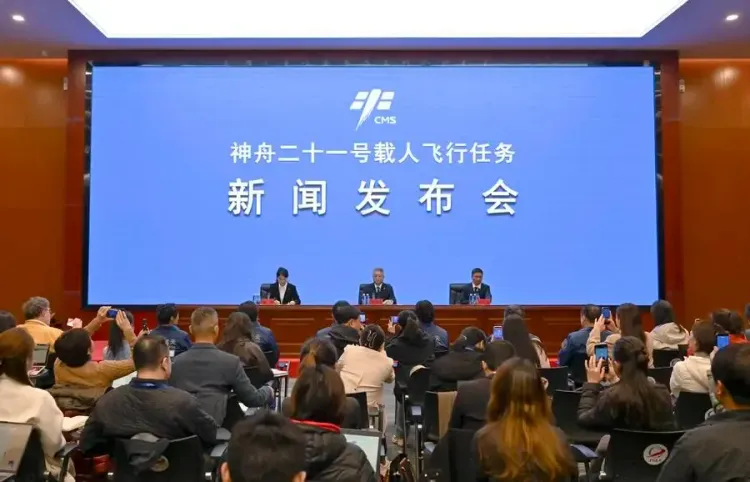Will China Achieve a Manned Moon Landing by 2030?

Synopsis
Key Takeaways
- China is targeting a manned moon landing by 2030.
- Development and testing for the lunar program are progressing as planned.
- Key spacecraft include the Mengzhou and Lanyue.
- The Shenzhou-21 mission will involve an in-orbit crew rotation.
- Ground infrastructure is under accelerated development.
Beijing, Oct 30 (NationPress) China is making significant strides towards its aspiration of landing astronauts on the moon by 2030. The China Manned Space Agency (CMSA) revealed a comprehensive timeline of development and testing for its ambitious crewed lunar program on Thursday.
A series of pivotal tests are on the horizon, including integrated assessments for the Lanyue lunar lander, thermal evaluations, maximum dynamic pressure escape trials for the Mengzhou manned spacecraft, and low-altitude as well as technology validation flights for the Long March-10 carrier rocket, as reported by Xinhua.
During a press conference at the Jiuquan Satellite Launch Center in northwest China, CMSA spokesperson Zhang Jingbo announced that the Mengzhou-1 spacecraft mission will be part of a public logo solicitation campaign that also includes missions to China's space station.
This spacecraft is primarily tailored for lunar missions while additionally supporting operations at the space station in low-Earth orbit.
Zhang stated that all developmental and construction activities for the crewed lunar mission are progressing as scheduled. The initial prototyping of critical flight hardware, such as the Long March-10 rocket, Mengzhou spacecraft, Lanyue lander, Wangyu lunar extravehicular suit, and Tansuo crewed lunar rover, has been successfully completed, according to the report.
Furthermore, payload designs for scientific research and applications have been finalized, with ground infrastructure—including the launch site, tracking network, and landing site—undergoing accelerated development, as stated by Zhang.
This mission has already seen a series of successful tests this year, including the second-stage propulsion system test and captive firing test for the Long March-10 rocket, the zero-altitude escape test for the Mengzhou spacecraft, and comprehensive landing and takeoff verification tests for the Lanyue lander.
Zhang emphasized that many new technologies still require validation, and the upcoming workload is substantial, given the high-quality expectations and tight timelines for flight tests.
In parallel, the CMSA announced the crew for the Shenzhou-21 crewed spaceflight mission—Zhang Lu, Wu Fei, and Zhang Hongzhang.
The Shenzhou-21 crewed spaceship is set for launch at 11:44 p.m. on Friday (Beijing Time) from the Jiuquan Satellite Launch Center. This mission marks the sixth manned flight since the space station entered its application and development phase, and the 37th flight under China's manned spaceflight program.
The astronauts aboard Shenzhou-21 will perform an in-orbit rotation with the Shenzhou-20 crew and are expected to remain at the space station for approximately six months, as noted by the spokesperson.










